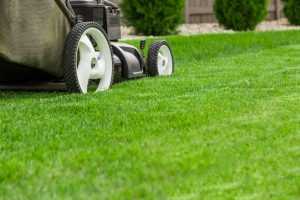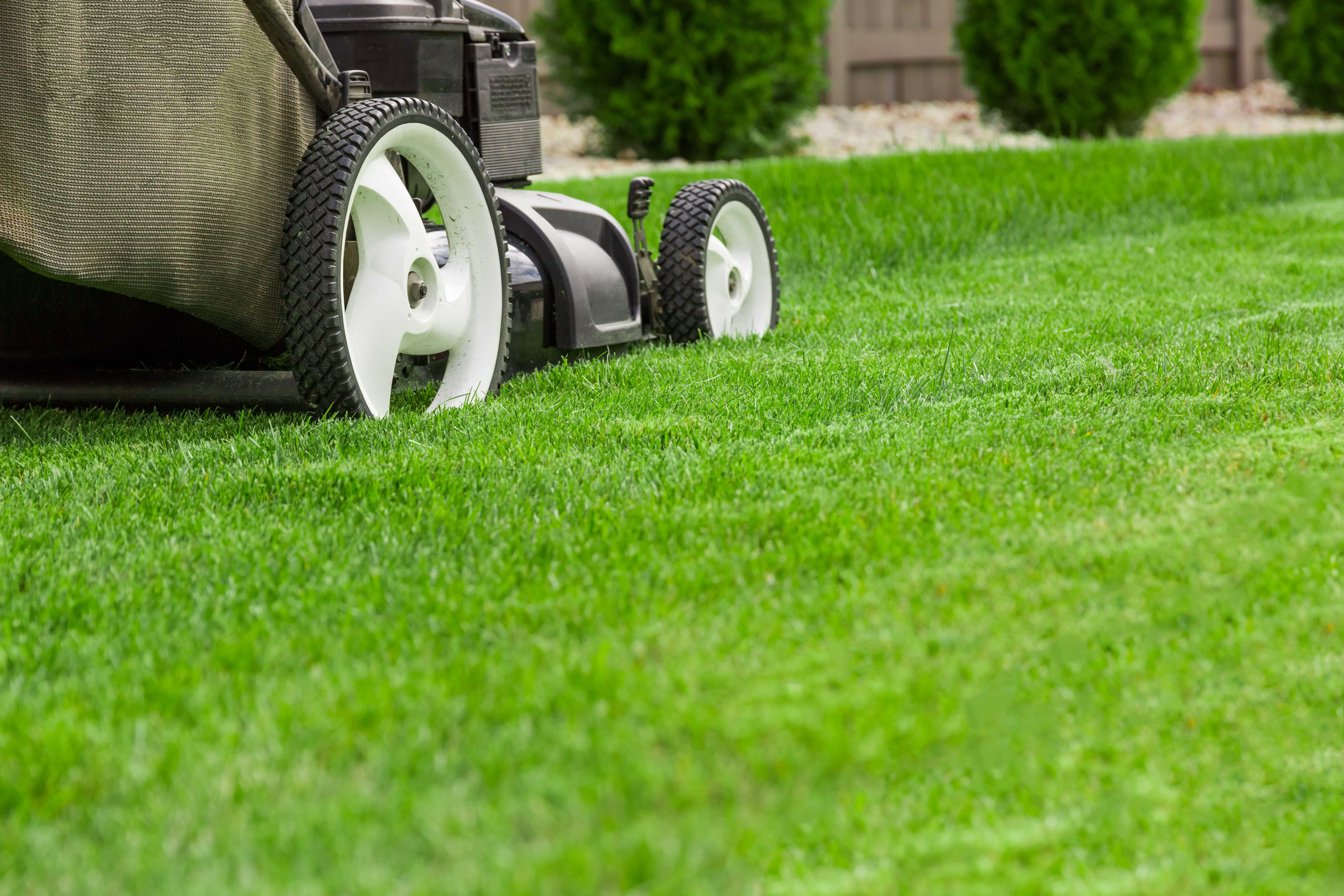Disclaimer: This website provides health information for educational purposes only and is not a substitute for professional medical advice, diagnosis, or treatment. Always seek the guidance of a qualified healthcare provider with any questions you may have.
 When a once vibrant lawn is turning yellow, you may wonder what you’re doing wrong. Improper care and maintenance are the common causes of grass discoloration, which may stem from your lack of knowledge.
When a once vibrant lawn is turning yellow, you may wonder what you’re doing wrong. Improper care and maintenance are the common causes of grass discoloration, which may stem from your lack of knowledge.
Plant Dehydration
Too much heat dehydrates the grass, causing them to lose their vibrant color. Note that if you water the lawn every afternoon, the heat will cause the water to evaporate and the grass will not receive enough moisture. The best time to water is early in the morning, between 4 am to 9 am. This will give the roots enough time to absorb the water before evaporation.
Frequent and Excessive Mowing
Mowing too short doesn’t just attract damaging pests and diseases. It also weakens the grass root, resulting in yellowing of the plant. It is advisable to stop cutting the grass for a few weeks to give the roots a time to regenerate. You should also avoid mowing more than 1/3 of the grass height to so that the weed would not germinate.
Nutrient Deficiency
Your lawn needs different nutrients to promote healthy grass development. Lack of nitrogen, for instance, causes old grass to turn yellow, while too little potassium makes the grass edge look burnt. Lawn fertilization suppliers in Salt Lake City suggest testing your soil first to find out which nutrients are lacking.
Wrong Chemical Use
Improper use of pesticides and other chemicals may cause the grass to turn yellow. If you need to kill weeds, it is best to treat the affected area. The best way to remove weeds, of course, is to pull them up by hand and remove the roots. A lawn care expert can help you eliminate diseases and pests.
Apart from these, you may also have yellow grass because of poor soil quality, fungal disease, or insect invasion. Changing your maintenance habits is what it takes to avoid discoloration. Getting expert help is also beneficial to your education and your lawn’s long-term well-being.




